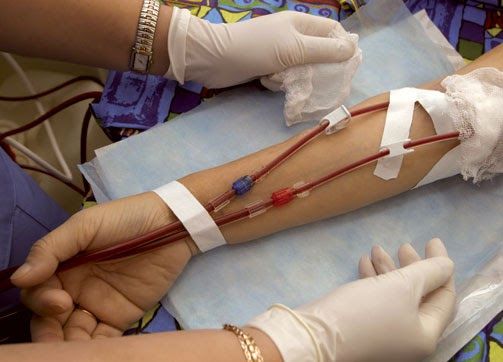Introduction:
Dialysis treatment is a life-sustaining therapy for individuals whose kidneys are no longer functioning properly. It is a critical process that filters and purifies the blood, removing waste products and excess fluids that healthy kidneys typically handle. This article aims to provide a comprehensive understanding of dialysis treatment, including its types, procedures, benefits, and potential risks.

When kidneys fail, they can no longer effectively remove waste products and excess fluid from the body. This accumulation of toxins can lead to a life-threatening condition called kidney failure. Dialysis steps in as an artificial kidney, performing these vital functions and allowing individuals with kidney failure to live longer, healthier lives.
Types of Dialysis Treatment:
There are two main types of dialysis: hemodialysis and peritoneal dialysis. Hemodialysis involves using a special filter called a dialyzer to cleanse the blood outside the body. During treatment, blood is drawn from the patient's bloodstream, passed through the dialyzer, and then returned to the body. This process typically occurs at a dialysis center three times a week, with each session lasting about four hours.
Peritoneal dialysis, on the other hand, utilizes the lining of the patient's abdomen (peritoneum) as a natural filter. A sterile solution called dialysate is infused into the peritoneal cavity through a catheter, and waste products and excess fluids pass from the blood vessels in the peritoneum into the dialysate. This solution is then drained and replaced with fresh dialysate. Peritoneal dialysis can be performed at home, either manually or using a machine called a cycler.
Benefits and Risks of Dialysis:
Dialysis offers significant benefits for people with kidney failure, including prolonged life expectancy, improved quality of life, and greater energy levels. It allows individuals to manage their condition and engage in daily activities. However, like any medical procedure, dialysis comes with potential risks and side effects. These may include infection, low blood pressure, muscle cramps, and changes in appetite.
Choosing the right type of dialysis depends on individual factors, such as lifestyle preferences, overall health, and medical history. A healthcare professional will work closely with the patient to determine the most suitable option and create a personalized treatment plan.

.jpg)